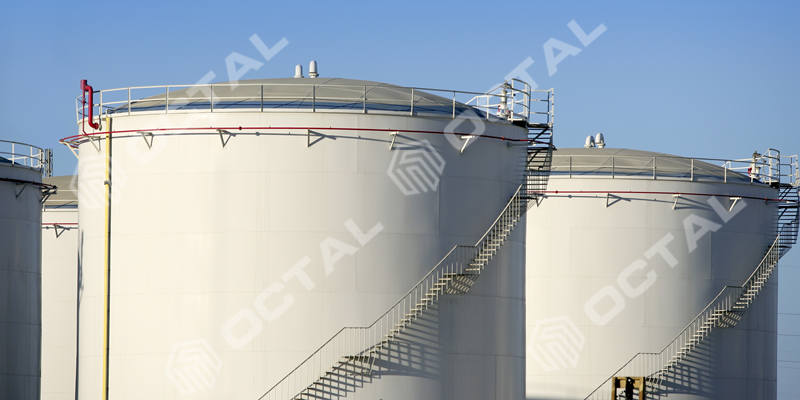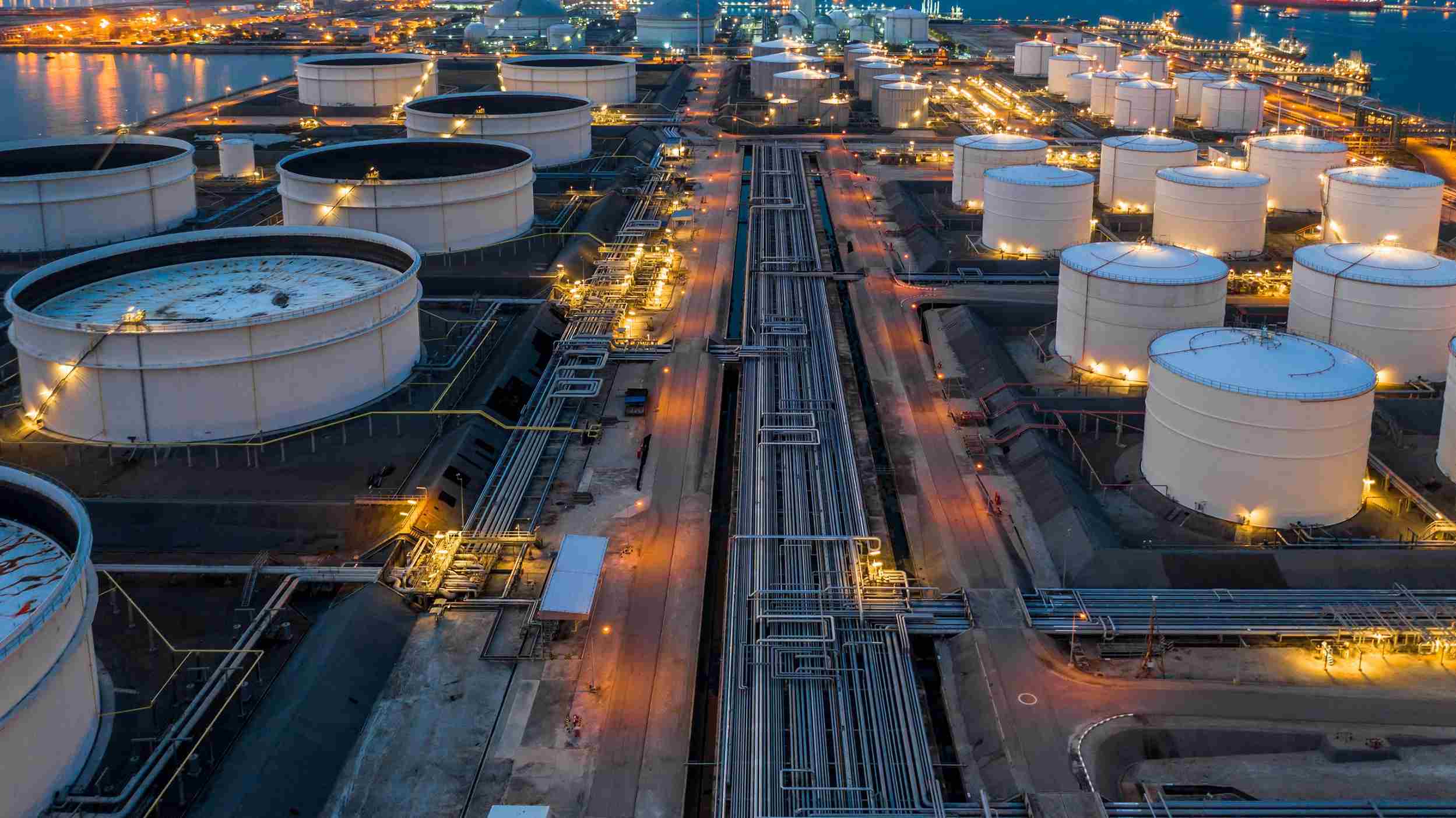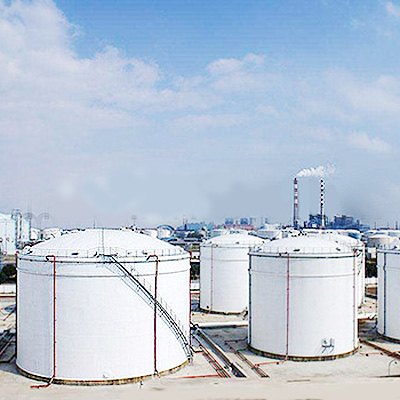How API 650 Welding Inspection Enhances Structural Strength of Vessels
Wiki Article
A Detailed Check Out the Installment Process of Welding Assessment Techniques
Welding evaluation is a critical process that guarantees architectural honesty and safety and security. The setup of inspection strategies entails several organized actions, each indispensable to accomplishing reputable results. From preparation and device selection to conducting aesthetic and non-destructive examinations, each phase needs careful focus. Understanding these procedures can greatly enhance quality control in welding jobs. What difficulties occur in applying these methods, and how can they be effectively dealt with?Understanding the Significance of Welding Assessment
Welding examination is a critical component of making certain architectural integrity and safety in construction and production processes. This technique entails evaluating welded joints for issues, making certain that they fulfill specific requirements and policies. By systematically gauging weld top quality, examiners can identify issues such as cracks, gaps, and insufficient blend, which can compromise the stamina and sturdiness of frameworks.The significance of welding examination expands past prompt security issues; it aids stop pricey failings and prospective risks in the long-term. Reliable assessment strategies foster conformity with market criteria, thereby improving the total dependability of bonded elements. In addition, a robust assessment process adds to keeping the track record of makers and home builders, as it ensures clients of the top quality of their tasks. Eventually, comprehending the importance of welding inspection is critical for promoting secure building and construction practices and making sure the longevity of crucial facilities and items.
Selecting the Right Devices for Examination
When selecting the appropriate devices for assessment, it is crucial to ponder the certain requirements of the welding process and the products involved. Different assessment approaches, such as aesthetic, ultrasonic, and radiographic screening, necessitate distinctive tools customized to their special needs. For aesthetic inspections, tools like magnifying calipers and glasses are critical for evaluating weld top quality. Ultrasonic testing needs specific tools efficient in transferring and obtaining sound waves to spot interior imperfections. Radiographic screening, on the other hand, utilizes X-ray or gamma-ray sources alongside sensitive film or digital detectors to disclose incongruities.
In addition, personal protective equipment (PPE) is crucial to guarantee the safety and security of assessors during assessments. Picking the right tools not just improves the precision of assessments however also adds to the general honesty and safety of the welding project. Subsequently, an extensive understanding of offered tools and their applications is crucial for reliable welding evaluation.
Planning for the Examination Refine
Prior to initiating the evaluation process, it is important to develop a complete strategy that lays out the range and goals of the assessment. This plan should consist of certain criteria that define what constitutes appropriate quality in the welding work being checked. Identifying the relevant codes and criteria is essential, as they will direct the inspection requirements and approaches.Additionally, personnel entailed in the examination must be appropriately educated and accredited in welding evaluation methods to ensure dependability and accuracy. A list can be useful in organizing the different elements of the inspection, varying from devices preparedness to ecological conditions that can impact the evaluation.

Lastly, logistical factors to consider such as scheduling, available resources, and interaction in between team members should be resolved. By preparing systematically, examiners can enhance the effectiveness of the evaluation and make certain that all essential factors are appropriately considered before continuing with the inspection itself.
Performing Aesthetic Assessments

Carrying out aesthetic inspections is a necessary action in the welding evaluation process, calling for cautious prep work to assure reliable evaluation. Examiners must be familiar with crucial issue indications that can signify potential problems in weld high quality. By Check This Out concentrating on these facets, one can boost the total dependability of the inspection outcomes.
Getting Ready For Visual Examination
Aesthetic assessment acts as an essential very first step in the welding inspection process, assuring that any type of possible defects are identified early (API 650 Welding Inspection). Appropriate prep work is crucial for reliable aesthetic assessment. Examiners need to begin by examining appropriate documents, including welding treatments and requirements, to comprehend the job requirements. They have to gather essential tools, such as multiplying glasses, flashlights, and proper individual protective tools (PPE) A thorough evaluation of the examination area is vital; examiners need to confirm it is tidy and free of obstructions. Additionally, it is very important to develop excellent lights conditions to improve visibility of welds. By taking these preparatory steps, assessors can develop an environment for recognizing discrepancies and assuring the stability of the bonded structuresSecret Issue Indicators
A detailed understanding of crucial problem signs is crucial during aesthetic examinations to guarantee the quality and security of welded joints. Examiners must concentrate on specific indicators such as fractures, porosity, damages, and incomplete blend. Splits might show up as sharp lines and can endanger architectural integrity. Porosity shows up as small openings that can weaken weld toughness. Undercuts, which are grooves along the weld side, can cause anxiety focus. Insufficient fusion suggests that the weld steel did not appropriately bond with the base material, causing a weak joint. By methodically recognizing these defects, examiners can identify conformity with sector requirements and improve the total reliability of welded structures, inevitably adding to much safer functional problems.Executing Non-Destructive Evaluating Methods

Countless non-destructive testing (NDT) techniques are integral to assuring the integrity of welded structures without compromising their performance. These techniques allow examiners to assess weld top quality and discover flaws without triggering damage to the products being evaluated. Common NDT techniques consist of ultrasonic screening, radiographic testing, magnetic particle testing, and color penetrant screening. Each approach serves a details function, addressing various kinds of imperfections such as cracks, porosity, or incomplete fusion.
Executing NDT techniques requires a methodical method, starting with choosing the proper approach based upon the read the article products and the nature of the weld. Educating workers in these strategies is necessary for exact results. In addition, establishing clear treatments and standards assurances consistency throughout the assessment procedure. By incorporating NDT into the welding evaluation operations, organizations can boost the dependability of their products while reducing prospective risks connected with structural failings. This positive technique ultimately contributes to preserving safety and top quality requirements in welded building and constructions.
Analyzing and recording Examination Outcomes
Efficient documents and analysis of evaluation outcomes are crucial elements of the welding examination process. Precise records of examination findings act as a referral for top quality guarantee and compliance with sector standards. API 650 Welding Inspection. Examiners ought to make use of digital platforms or organized forms to log information such as the sort of weld, assessment methods used, and any kind of inconsistencies determined during the examinationComplete analysis is essential once data is collected. This includes comparing results versus developed standards to recognize trends or persisting problems. Analytical devices may be utilized to evaluate problems and analyze their effect on total weld high quality.
Effective interaction of searchings for to pertinent stakeholders is critical. Reports and summaries must be concise and clear, highlighting vital insights and recommendations for restorative activities. By systematically evaluating and recording inspection results, companies can foster constant enhancement in welding techniques and enhance product honesty.
Regularly Asked Inquiries
What Certifications Are Needed to Come To Be a Welding Examiner?
To end up being a welding inspector, one generally needs appropriate qualifications such as AWS CWI, along with experience in welding techniques, knowledge of welding codes, and efficiency in inspection strategies to ensure top quality and safety requirements.How Frequently Should Welding Inspections Be Conducted?
Welding inspections need to be performed routinely, commonly after each weld is completed, and occasionally during projects. Variables such as project intricacy, industry requirements, and regulatory demands can influence the frequency of these assessments.What Is the Expense of Welding Inspection Providers?
The price of welding evaluation solutions differs considerably based upon elements such as job place, dimension, and intricacy. Generally, prices range from $100 to $150 per hour, with additional fees for specialized testing and accreditations.Are There Certifications for Welding Inspectors?
Yes, there are different qualifications for welding examiners, including those supplied by the American Welding Society (AWS) and the International Institute of Welding (IIW) These qualifications guarantee examiners have the necessary abilities and expertise for efficient evaluations.
How Do I Pick an Assessment Service Provider?
To select an examination company, one must assess credentials, experience, sector reputation, and client evaluations. Furthermore, contrasting service offerings and prices can aid Visit Your URL ensure the chosen company satisfies certain task requires properly.In addition, personnel entailed in the assessment should be effectively educated and certified in welding examination techniques to assure dependability and precision. Performing visual assessments is an essential action in the welding examination procedure, needing careful prep work to assure reliable evaluation. Visual inspection offers as an important very first step in the welding evaluation procedure, guaranteeing that any possible flaws are identified early. Efficient documents and analysis of assessment outcomes are necessary parts of the welding evaluation process. Welding examinations need to be conducted routinely, usually after each weld is finished, and regularly throughout projects.
Report this wiki page